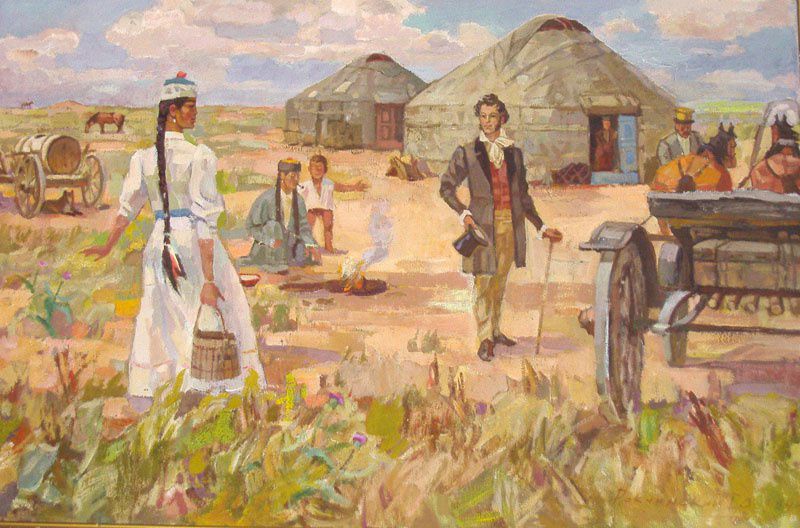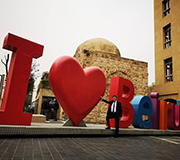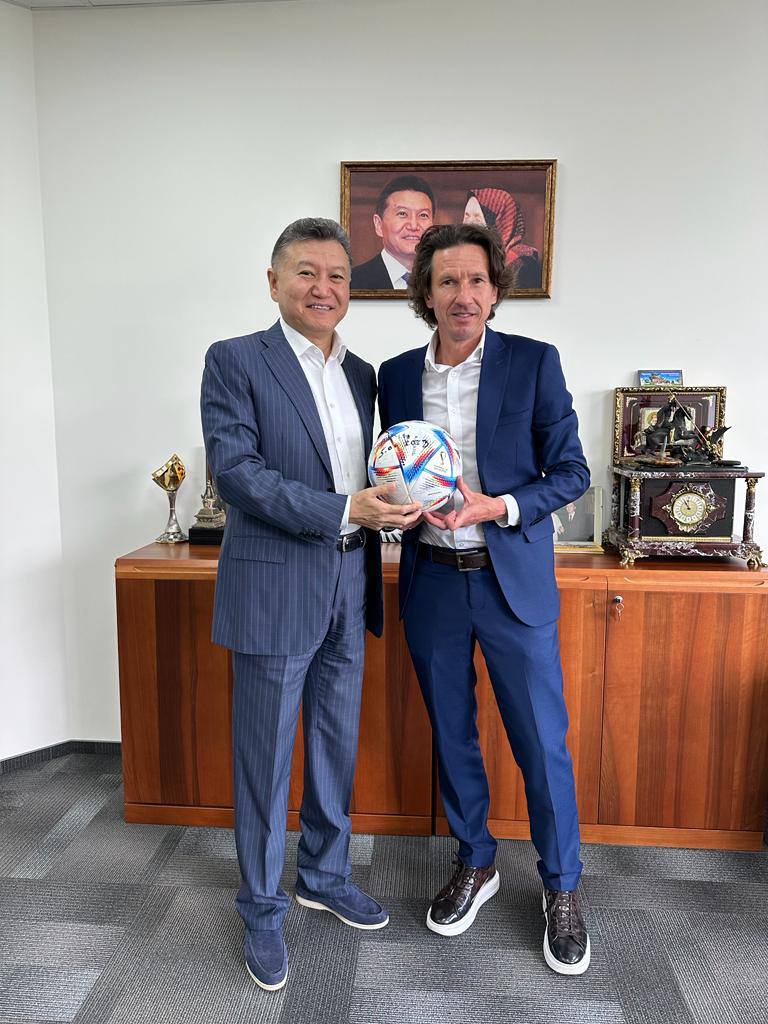Even memorial complexes in two regions have the same compositional element - a railway car, which became a sad symbol of those terrible days. In Elista, it stands on rails, and the columns with dates mark the number of years people spent in exile. Gradually, the rails turn into a track that spirals to the top of the mound, where the monument “Exodus and Return” by Ernst Neizvestny is installed. Its silhouette resembles a racing train telling us about pain and loss, and about the hope and revival of the people.
The monument to the victims of Stalinist repressions “Exodus and Return” was opened in the capital of Kalmykia, Elista on 29 December 1996, in memory of the tragedy of the Kalmyk people - the deportation of a significant part of it to Siberia in Stalin's times.
The President of Kalmykia, Kirsan Ilyumzhinov, proposed creating a monument to the victims of repression to his friend, the famous sculptor Ernst Neizvestny. Architect S. Kurneev was also involved in the creation of the memorial.
Party played out
But Elista became most attractive city under presidency of Kirsan Ilyumzhinov. His passion for chess was of great importance in city’s transformation. As president of FIDE, he organized and held the Chess Olympiad in Elista in 1998. For this event, a cozy Chess City resembling European country villas was built. There stayed more than 600 chess players gathered for the tournament. In the heart of the former Olympic town is the Chess Palace where tournaments were held. The building’s architecture combines structural elements of a yurt, reminiscent of the nomadic way of Kalmyks’ life, as well as details that emphasize the dynamics of the chess game.
It's a shame that the sign "House of the Entrepreneur" is now put on the palace. The Museum of Chess Glory has been moved from that palace to the building next door. Its exposition is very interesting, and one of the halls is dedicated to the Soviet grandmaster Mikhail Tal. The whole country was rooting for him. Among the exhibits, there is a gift from the Black Sea sailors. Sadly, more exhibits stopped coming at the museum: there are no such enthusiasts among domestic chess players. Ilyumzhinov’s idea was once compared to the New Vasyuki project from The Twelve Chairs novel. A monument to Ostap Bender was installed in Elista, and the avenue named after the great ‘combinator’ leads to the chess city, which became a reality.
By the way, the central square of Elista reminds of the cult of chess: in the summer, you can play street chess on a tiled field. Passion for chess is a legacy of a nomadic lifestyle. They spent time on the pastures playing chess.
Believing in the best
The most attractive point of the city is the Golden Shakyamuni Buddha Monastery. Built in 2005 with the blessing of His Holiness the 14th Dalai Lama at the personal expense of the first President of Kalmykia Kirsan Ilyumzhinov and donations from the people Kalmykia, the temple became the hallmark of Elista, the capital of the steppe region. On a sunny day, its roof sparkles dazzlingly in the sun like a lighthouse. Prayers begin at eight in the morning, believers are concentrated around 17 statues of Buddhist teachers spinning ritual drums.
 Crimean Gazette writes about Kalmykia. It may seem that Crimea and Kalmykia have little in common. But, having arrived in Elista, you understand that they are very alike. Their history, outstanding people, interests and aspirations connect such different regions.
Crimean Gazette writes about Kalmykia. It may seem that Crimea and Kalmykia have little in common. But, having arrived in Elista, you understand that they are very alike. Their history, outstanding people, interests and aspirations connect such different regions.






















